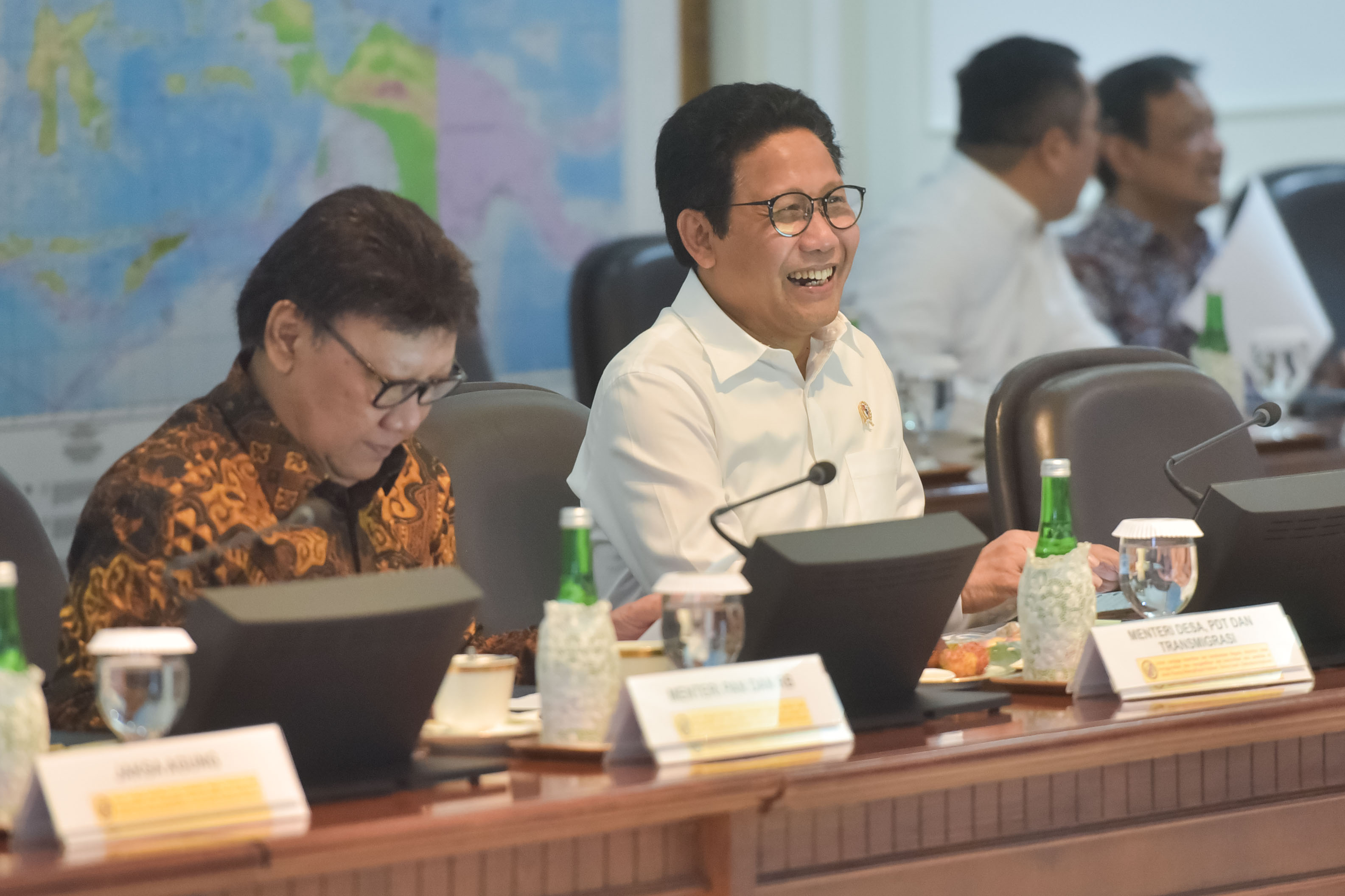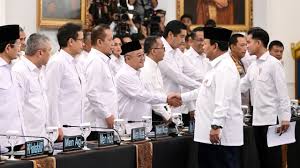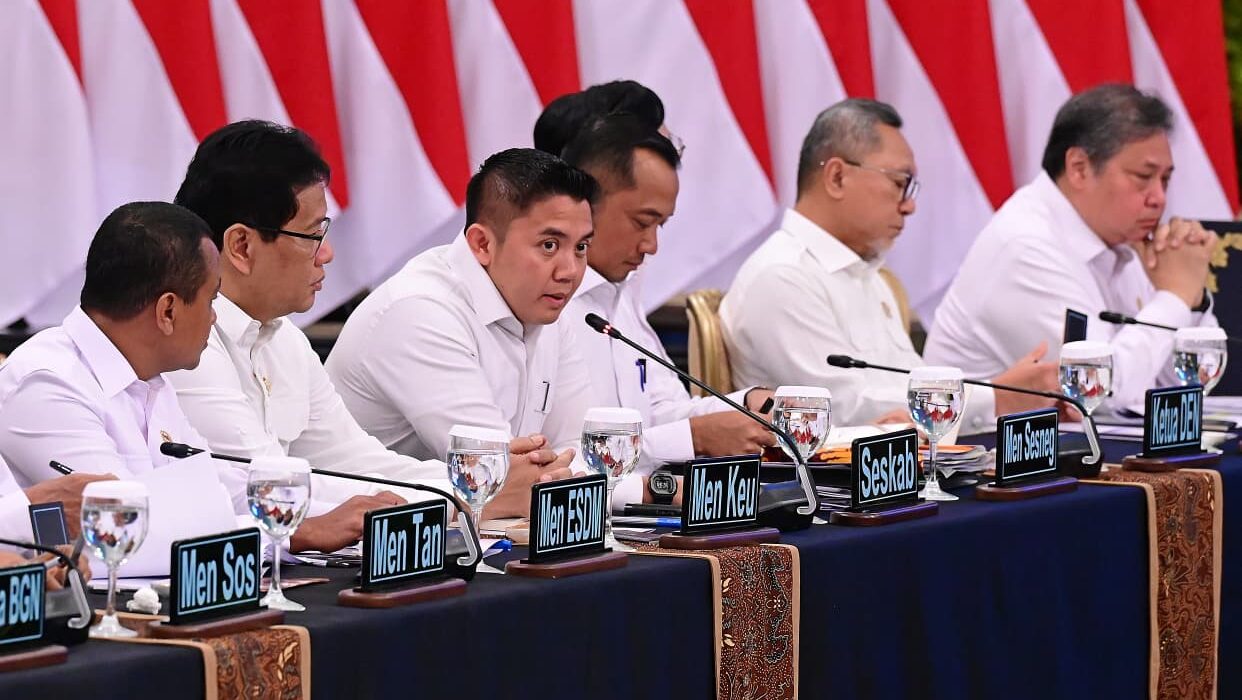Gov’t Strives to Revitalize Unproductive BUMDes

Minister of Village, Disadvantaged Region, and Transmigration engages in a Limited Cabinet Meeting at Presidential Office, Jakarta, Wednesday (11/12). (Photo by: Rahmat / PR)
The Government has announced it will revitalize Village-Owned Enterprises (BUMDes) that did not show satisfactory performance, Minister of Village, Disadvantaged Region, and Transmigration Abdul Halim Iskandar has said.
“The Government cannot just dissolve those BUMDes, considering that it is the result of village initiative. Our task is to facilitate and revitalize them,” Halim said after attending a Limited Cabinet Meeting on 2020 Village Funds Distribution, at Presidential Office, Jakarta, Wednesday (11/12).
Previously, President Joko “Jokowi” Widodo during the meeting said that he received reports that there are 2,188 inactive BUMDes and 1,670 active BUMDes but with no contribution to economy in the villages.
“Do pay serious attention to this matter,” the President said.
Abdul Halim went on to say that the revitalization aspects include managerial capacity empowerment, economic network development, and assistance development. He added that the Government will revitalize as many BUMDes as possible; for instance, the Ministry targets to transform 10,000 disadvantaged villages into developed villages.
“The President said that the number of villages is still insufficient. We will identify them then revitalize them,” he said.
Halim also said that the Joint BUMDes formation will involve relevant BUMDes that can handle production from upstream to downstream sectors. “Joint BUMDes will be established in Temanggung, Bali, and Bangka Belitung. To date, there will be five to ten villages,” Abdul added.
The Minister also cited an example of villages cooperation of upstream sector, which is expected to increase rice production from 3,000 tons to 6,500 tons per year by 2020 after the establishment of Joint BUMDes and providing guidance from the seeding, planting, to rice harvest time and milling.
Meanwhile, export will require network development. “It may involve state-owned enterprise (SOE) if necessary,” he said. (HIM / RAH / ES)
Translated by: Syarifah Aisyah
Reviewed by: Rany Anjany
Proofread by: M. Ersan Pamungkas








